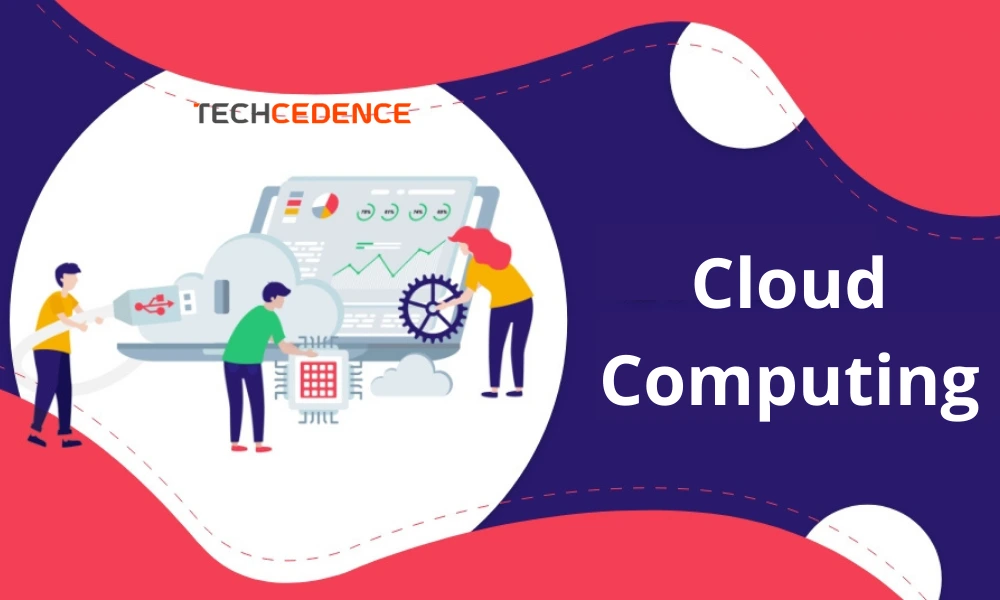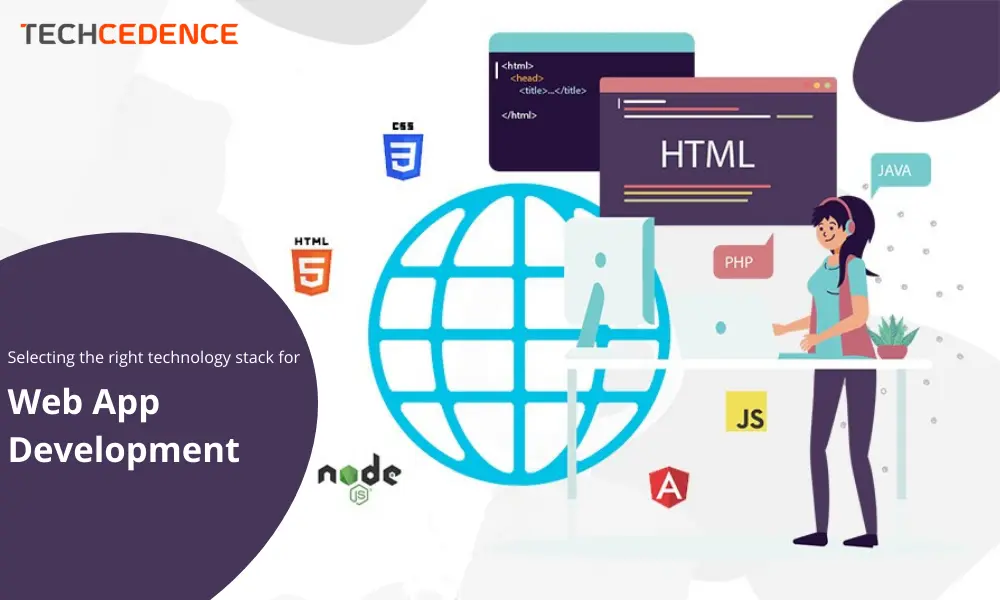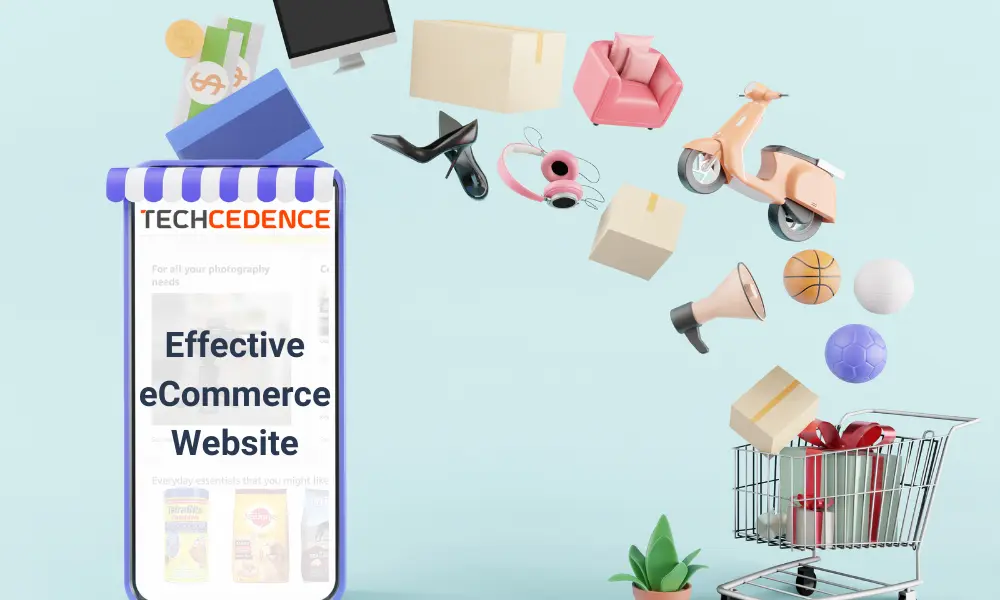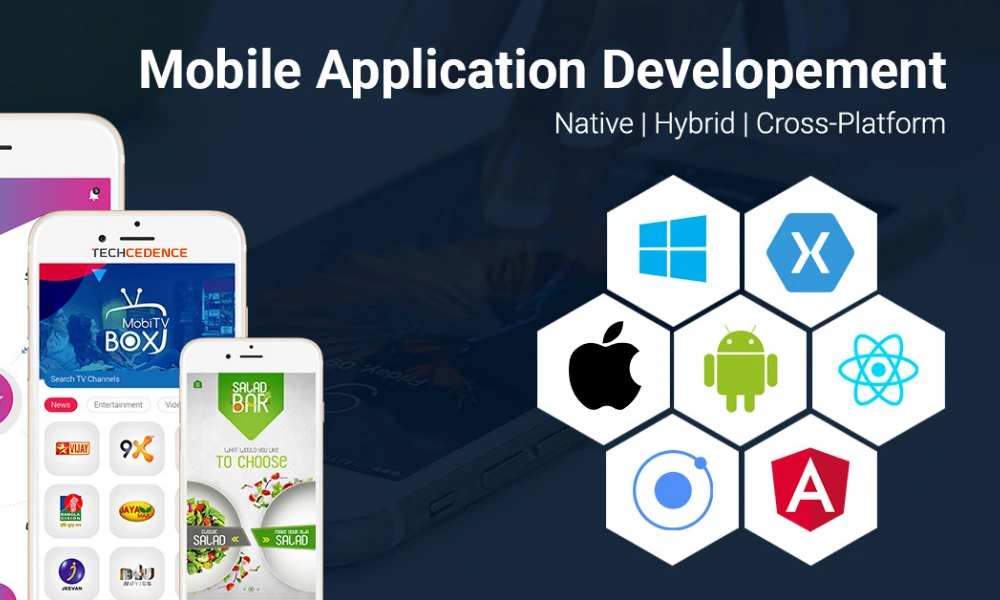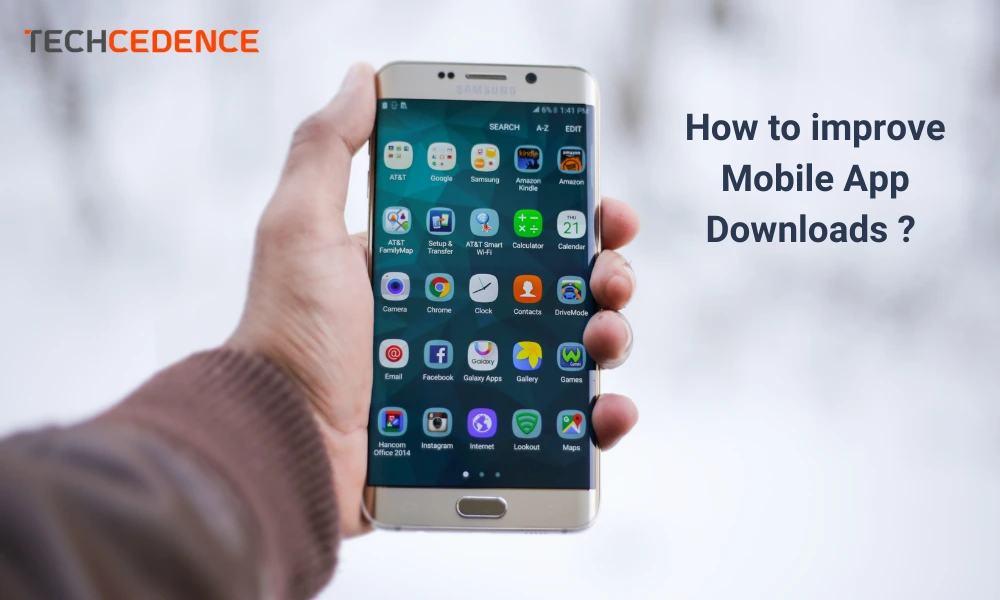What is cloud computing?
Cloud computing refers to the delivery of services that include server, data storage, software, databases and network through the Internet. It is a method of delivering technology to end-users over the Internet. In simple terms, instead of buying and maintaining your own resources utilize the resources over the Internet and pay for the services availed. Some common examples of cloud computing include using online services to send emails, store data, watch movies, listen to music, etc.
This emerging technology is considered a boon for small and medium organizations that want to experiment with ideas within less budget. Organizations are reducing their investment in IT infrastructure, servers and storage devices and moving towards cloud services.
Cloud computing Advantages:
Shifting towards cloud computing offer numerous advantages that include:
- Cost – As cloud services can be availed on a need basis (by the hour or by the minute), users can pay only for the resources consumed. Organizations need not invest in infrastructure and maintenance.
- Scalability – Organizations can easily scale up and scale down the IT resources (less storage, more bandwidth) based on demand.
- Productivity – Organizations can save time on hardware set up, software updates and maintenance activities and focus more on core business.
- Security – The cloud providers have policies to protect your data from security threats. Data backup and disaster recovery are also easier.
Cloud Models
Cloud computing services are broadly categorized into three main models.
Software as a Service (SaaS)
In SaaS, the vendor provides access to a software product on a subscription basis. SaaS is the most widely used cloud services model. In this model, instead of installing the software on your system you access it through the Internet. The advantage of this is you need not install, update or maintain the software or worry about the underlying infrastructure. It is also easy to manage privileges and monitor usage.
Platform as a Service (PaaS)
In this cloud computing service, the vendor provides a platform on which the application can be built. Organizations can build their business application without maintaining the infrastructure. The services can be accessed through a web browser. Some of the PaaS services include operating systems, application hosting, languages, libraries, and tools. In short, anything that is required to build an application like operating system and development tools can be accessed through the Internet.
Infrastructure as a Service (IaaS)
Iaas is a model that provides hardware, server, virtual machines, networks and data storage over the Internet. The vendor hosts the infrastructure on the cloud and makes it available to customers on demand. IaaS offerings include load balancers, disk storage, IP address, VLANs.
Cloud Computing Service providers
Some of the leading cloud service providers include:
Hope this article gives you an understanding of cloud service offerings and helps you decide what services can be hired for your needs.
